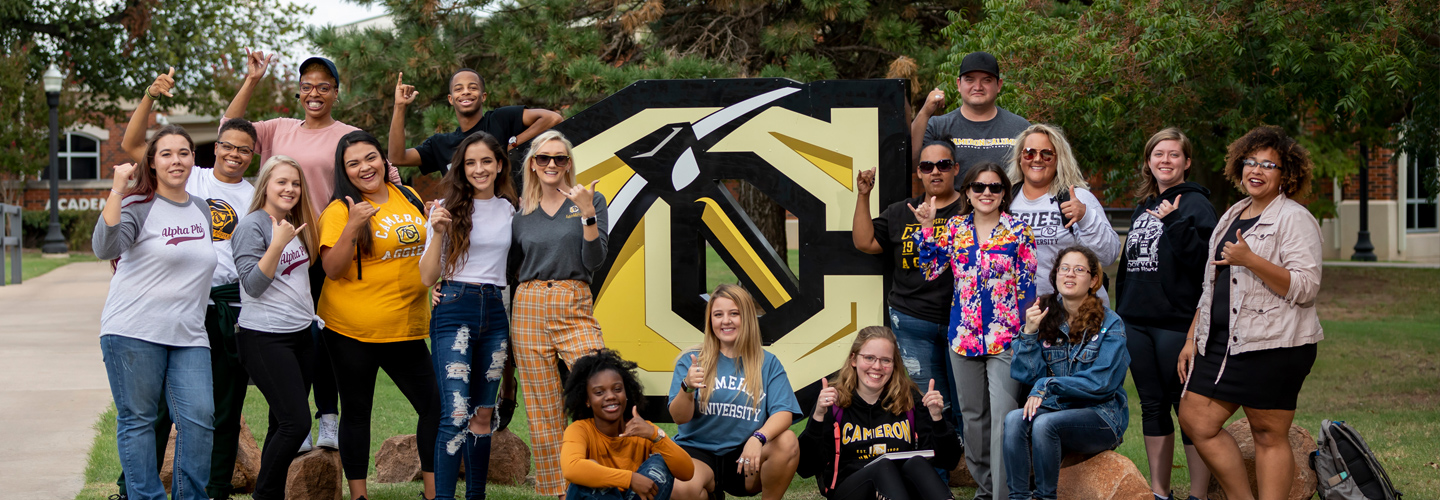Tornado Safety
The Cameron Office of Public Safety is very concerned about the safety and well being of those associated with the university.
Tornadoes are a frequent occurrence in southwest Oklahoma and can happen at any time of year, although they typically occur in the spring and summer. We cannot overstate the importance of knowing how to respond correctly to a tornado warning.
To assist everyone in developing a tornado safety plan, you are being provided both general information on tornadoes and specific information on protective areas on Cameron's campus.
GENERAL INFORMATION
A tornado's path may vary from 100 yards to one mile in width. Its forward speed will average 25 to 40 miles per hour. The following instructions for different areas and situations should be studied:
If you are in the open :
- Move at right angles to the tornado.
- Attempt to reach shelter, such as a building with a basement.
- If there is no time to escape or find shelter, lie flat in a ditch or depression, avoiding areas subject to rapid water accumulation or flooding in heavy rains.
If you are in class:
- The instructor will advise you of the building's designated protective areas.
If you are attending a university function:
- Participants will be advised of the building's designated protective areas.
TORNADO SIRENS
The cities of Lawton and Duncan maintain Civil Defense warning siren networks that are used to signal imminent danger from tornadoes. It is a familiar sound, as sirens are tested in Lawton and Duncan every Monday at noon when the weather is clear.
A steady siren for three to five minutes means IMMINENT DANGER. Take shelter immediately in a designated protective area. Once the siren sounds, it is too late to seek shelter in a remote location.
An "all clear" signal will not be given via the siren system. This and other forecast information can be obtained from broadcast media. An "all clear" signal will usually be given over local radio and TV stations after the danger has passed. KCCU-FM (89.3) and other area stations may also be used for weather advisories or updates.
PROTECTIVE AREAS
CU Physical Facilities has identified suitable protective areas within each university building. To protect persons using these spaces against airborne debris, all doors should be closed while in use.

